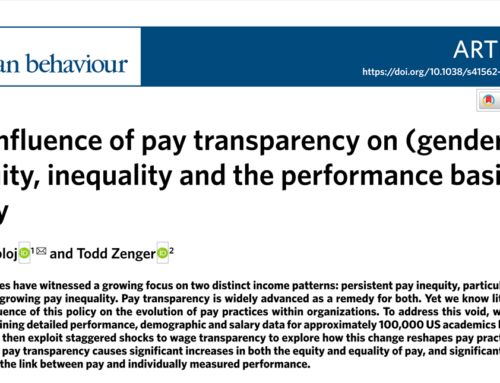 Scholars at AARC are working hard on a project aimed at quantifying the dizzying growth of Ph.D. education in the US over the past 25 years (more on that project in a few months). As we looked at the number of Ph.D. graduates and the number of programs over time, we realized that growth in those areas probably means growth in another metric- the number of faculty members mentoring those students and teaching in those programs. The table below shows the number of Ph.D. program faculty by broad field as of 2019 (Academic Analytics database version AAD2019-1470):
Scholars at AARC are working hard on a project aimed at quantifying the dizzying growth of Ph.D. education in the US over the past 25 years (more on that project in a few months). As we looked at the number of Ph.D. graduates and the number of programs over time, we realized that growth in those areas probably means growth in another metric- the number of faculty members mentoring those students and teaching in those programs. The table below shows the number of Ph.D. program faculty by broad field as of 2019 (Academic Analytics database version AAD2019-1470):
| Field | # Faculty | % Faculty | |
|---|---|---|---|
| Biological and Biomedical Sciences | 43,196 | 21.3% | |
| Physical and Mathematical Sciences | 34,041 | 16.8% | |
| Engineering | 26,836 | 13.2% | |
| Social and Behavioral Sciences | 26,338 | 13.0% | |
| Humanities | 22,102 | 10.9% | |
| Health Professions Sciences | 11,929 | 5.9% | |
| Family, Consumer and Human Sciences | 10,207 | 5.0% | |
| Business | 9,119 | 4.5% | |
| Education | 8,416 | 4.1% | |
| Natural Resources and Conservation | 5,596 | 2.8% | |
| Agricultural Sciences | 5,114 | 2.5% |
Biological and biomedical sciences Ph.D. programs involve more faculty members than any other broad field of study, by about 5%. Breaking this down into individual disciplines, here are the 10 most populous (in terms of faculty members) Ph.D. program disciplines in the US:
| Discipline | # Faculty | % Faculty | Rank (Population) |
|---|---|---|---|
| Neurobiology/Neuroscience | 7,709 | 2.74% | 1 |
| Molecular Biology | 7,627 | 2.71% | 2 |
| Cell Biology | 7,096 | 2.52% | 3 |
| Computer Science | 5,923 | 2.11% | 4 |
| Physics, General | 5,672 | 2.02% | 5 |
| Mathematics | 5,642 | 2.01% | 6 |
| Electrical Engineering | 5,548 | 1.97% | 7 |
| Biochemistry | 5,397 | 1.92% | 8 |
| Biology/Biological Sciences, General | 5,352 | 1.90% | 9 |
| Chemistry | 5,248 | 1.87% | 10 |
Several disciplines from outside the life sciences make the “top 10” most populous list. What’s unclear is how recent the above table came to look this way – Neuroscience is the largest (by faculty population) Ph.D. discipline in the US, but was that the case 5 years ago? 10 years ago? It will be informative to uncover the history of growth over time in each field, and to attempt to trace that growth to the underlying causes.





